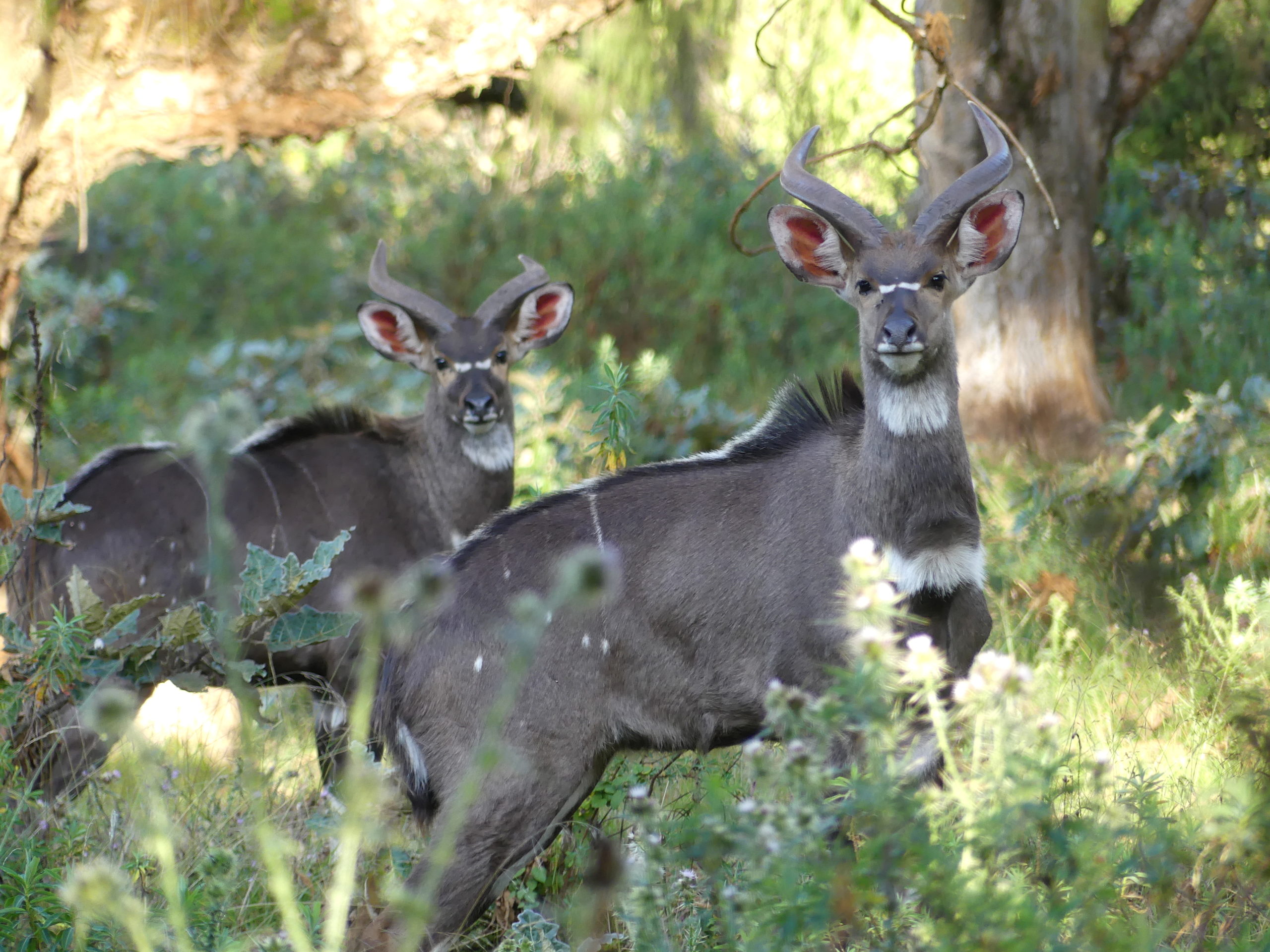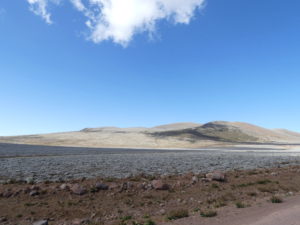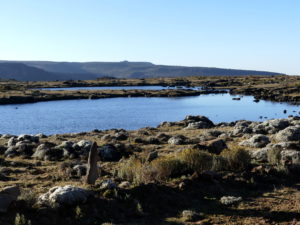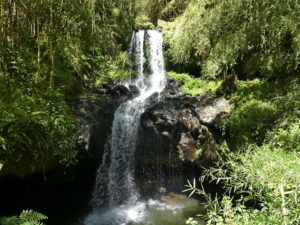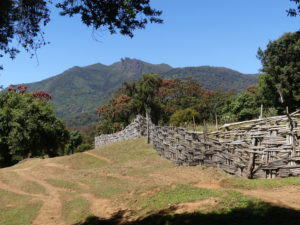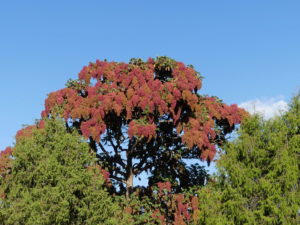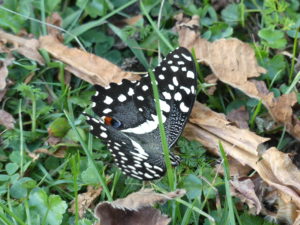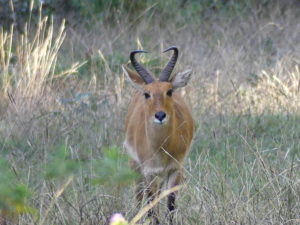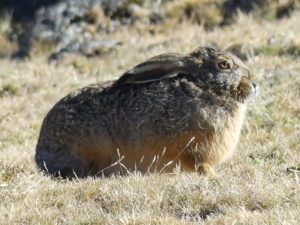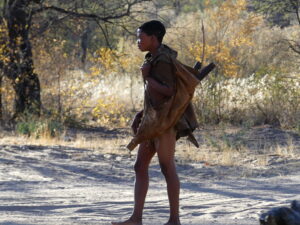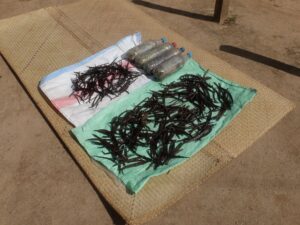With a surprising altitude range of 2500 to 4300 meters (8300 to 14000 feet) in the south of Ethiopia, the circular assemblage of Bale Mountains encompasses diverse ecologies and wildlife. Along its sprawling lower valleys, you see wetlands and grasslands, then juniper forests as you rise up, and finally the scraggly brush and moonscapes of high alpine moorland.
The seemingly barren highlands of the topmost part of Bale are actually filled with birds, rodents and other well adapted little guys as well as extensive scrubby bushes.
In spite of the apparent dryness of this alpine plain, much water collects here in many ponds and lakes like this one. The water percolates up from underground springs across the high country of Bale, creating a wetlands attractive to various water-loving birds.
Descending from this plateau onto the inner hillsides of the Bale mountain range makes for quite a change in landscape.
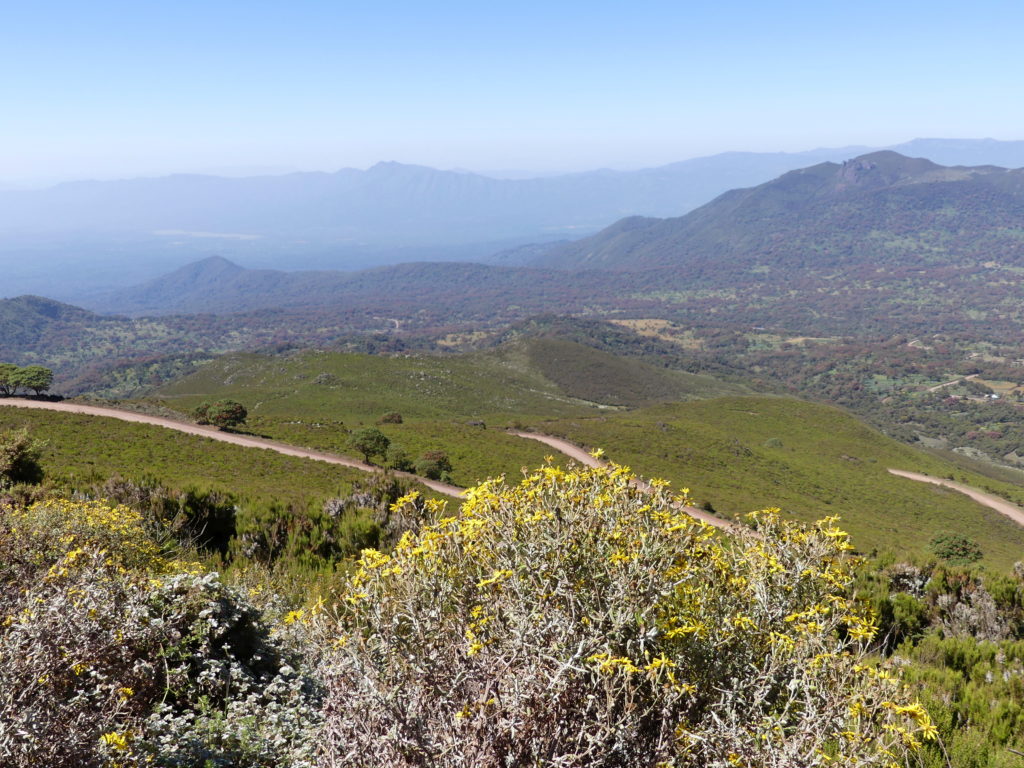
Within Bale’s verdant bowl, we picnicked beside a lush woodland waterfall, some of the runoff from the water-rich highlands over the ridge.
Elsewhere on the inner hillsides, brooding arica forests – complete with beards of dried moss – share space with grassy sheep meadows. We passed this grove in full daylight, but we wondered how spooky it would feel in the moonlight.
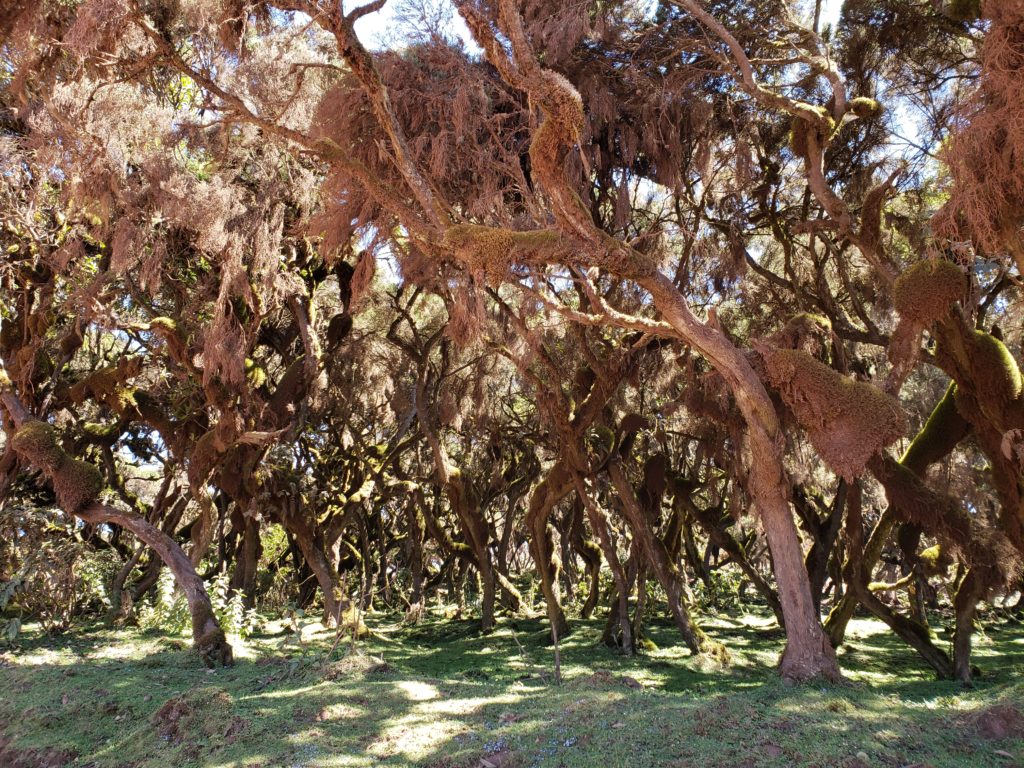
The meadows are open to the public for hiking, but also home to sheep and cattle farms with the characteristic thatched palm fencing used by the local villagers.
Within the valleys, we were astonished by the startling look of these trees overloaded with bushy red flowers.
Wildlife
According to Wikipedia, “characteristic large mammals are mountain nyalas, Menelik’s bushbucks, warthogs, and bohor reedbucks,” all of which we were fortunate to see in plenty.
But the prize sighting for us was finding three rare Ethiopian wolves.
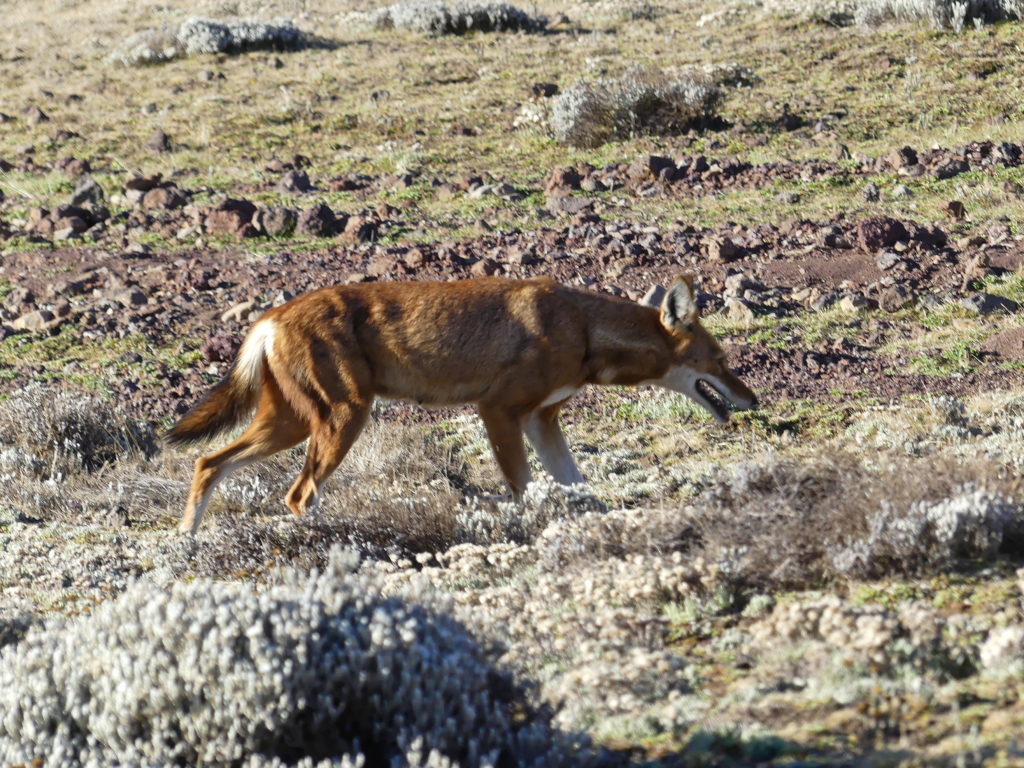
Going under many aliases, the endemic Ethiopian wolf or Simien jackal or Simien fox seems not to know what it is. Yet sadly it is the most endangered of all foxes worldwide, with only about 300 of them remaining. Notice the long snout, ideal for rooting out its favorite food, the elusive giant moor rats, which flit in and out of their underground network of tunnels on the topmost Bale highlands. Grazing land encroaches on the fox’s habitat, and dogs spread diseases, making life perilous for these beautiful animals – whatever their name.
Brilliant butterfly in a rare quiet moment.
The mountain reedbucks – smaller, but just as plentiful as the flashier nyala – behave like their cousins in the bush of central and southern Africa, hiding crouched in the grasses and reeds so that you often startle one out of its resting place. It runs off a bit, but typically stands quite still and alert to you, assessing the situation before moving off.
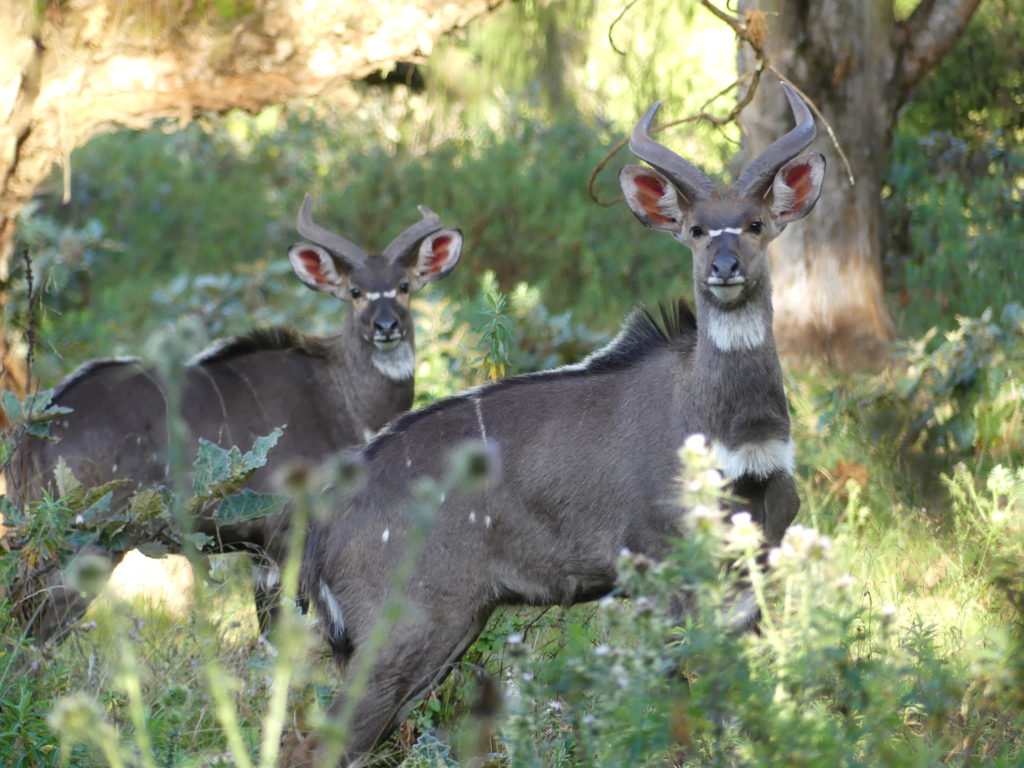
Mountain nyala are plentiful in the Bale Mountains, and always impressive – with their distinctive white markings and statuesque figures.
This endemic Abyssinian hare skittered away from us at first, but stopped to keep an eye on us before finally hopping away. We were fascinated by the curlicues of his coat.
(To enlarge any picture above, click on it. Also, for more pictures from Ethiopia – along with Eritrea and Djibouti -, CLICK HERE to view the slideshow at the end of the itinerary page.)


